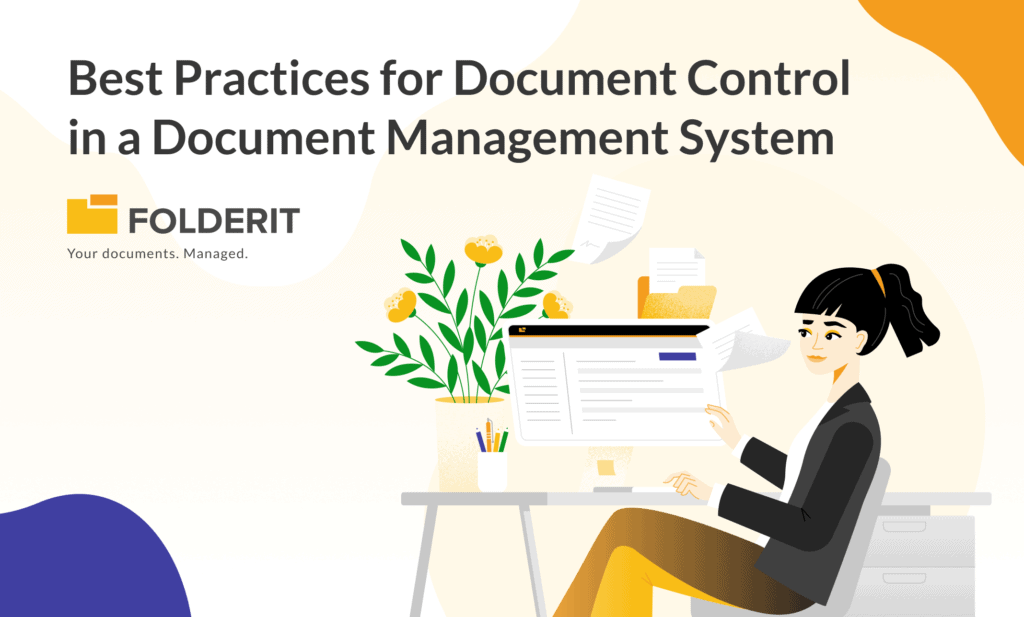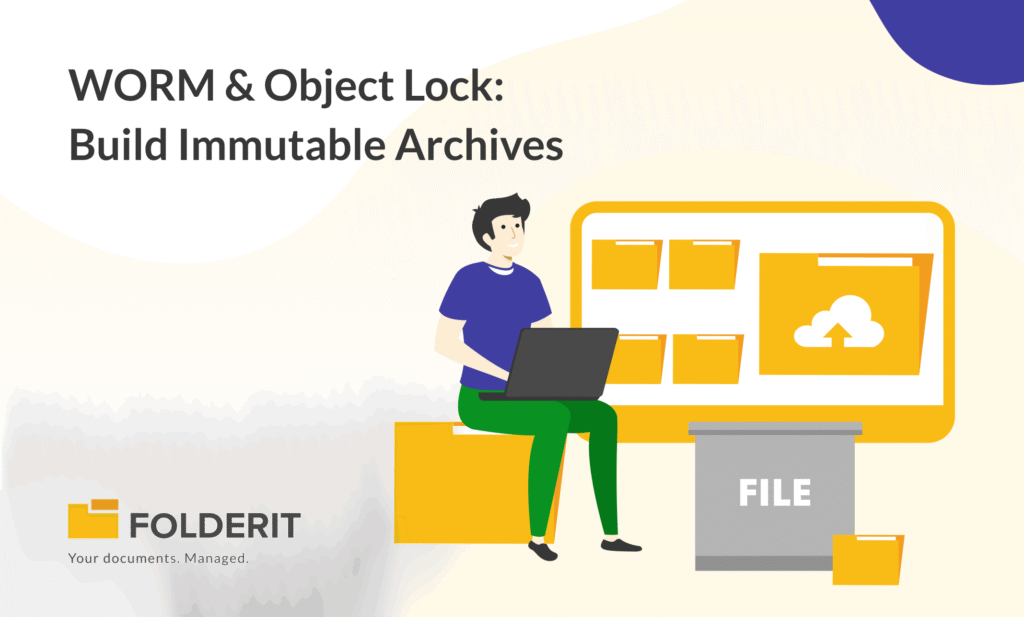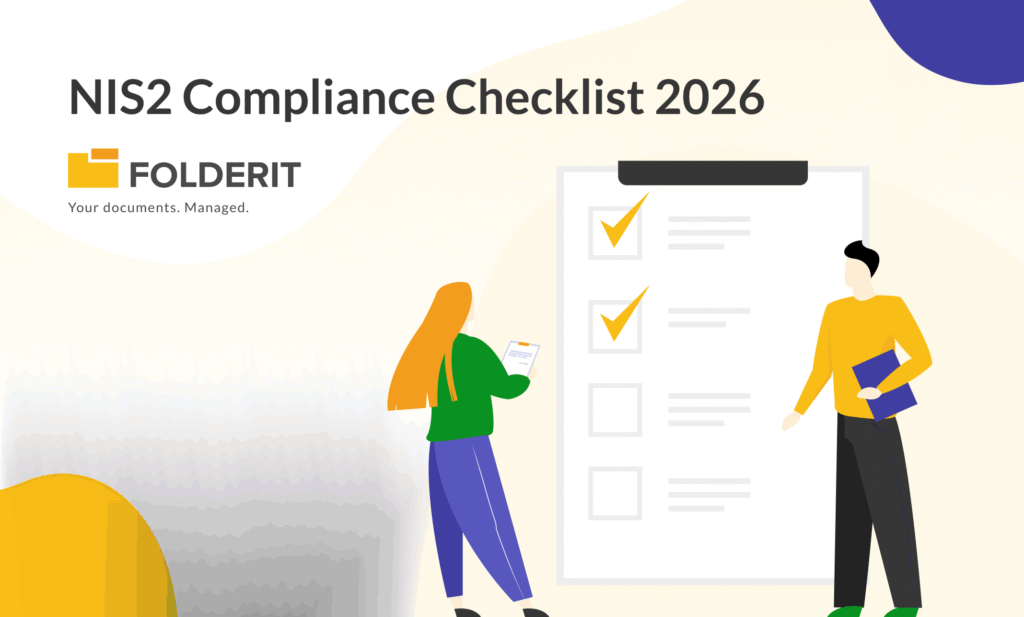Document Control can be a messy, especially if organizations don’t have policies in place, and on top of that they don’t follow best practices. This mess becomes all the more complex when the organization in question is an enterprise that has to manage large volumes of records, resources and documentation. At this scale a lack of document control or inadequate document control creates a compliance and operational nightmare.
Though for all the gloom and forewarning mentioned above, the solution and precaution aren’t nearly as complex as the problem. All you need are the right systems and checks in place to maintain effective document control.
What is Document Control
Document control is the systematic management of documents, to ensure accuracy, traceability, security, and compliance throughout the document lifecycle. This involves establishing proper protocols for creating, editing, reviewing, approving, storing, distributing, and eventually archiving or deleting documents.
Document control is crucial for organizations, as it ensures that the right people have access to the correct versions of documents, reducing errors and improving regulatory compliance.
Key elements of document control include:
- Version control: Tracking changes to documents to ensure all team members are working with the latest version.
- Access control: Restricting access to sensitive documents based on user roles, ensuring only authorized personnel can view, edit, or approve them.
- Audit trails: Keeping a detailed log of who accessed or modified a document, which is critical for legal and regulatory audits.
- Document retention: Defining how long documents should be retained before being archived or deleted, in line with industry or legal requirements.
Additionally, Document control systems are of vital importance for compliance-intensive industries such as healthcare, finance, manufacturing, and legal services, where compliance with standards like ISO, HIPAA, or GDPR is crucial.
Assessing Current Document Control Procedures
Before moving on to improving protocols and SOPs it is important to assess what your current document management and control approaches are and where they may have gaps. Your current system may involve a combination of analog and digital storage, with basic protocols, which may be loosely or ineffectively enforced across all across departments and functions.
Before moving to a new system your quality managers should assess these pre-existing document control procedures, and compare current protocols to best practices, as well as look for instances where document control and management is consistent and streamlined. These consistent and streamlined instances can serve as an internal benchmark for measuring efficiency.
Document Control Best Practices
1. Centralized Document Repository
Centralizing all documents in a single Document Management System (DMS) is important for maintaining consistency and easy retrieval across an organization. A centralized repository avoids document duplication, reduces data silos, and guarantees that all users have appropriate access to the right thing at the right time. With cloud-based DMS platforms like Folderit, organizations can have secure, and real-time access to documents for employees across different locations and departments, improving both collaboration and productivity
2. Version Control and Audit Trails
Version control prevents confusion over which document version is the most current, especially in collaborative environments.A DMS like Folderit offers things like automatic versioning and detailed version history and control, which tracks changes and keeps all versions stored securely for audit purposes. This makes it so that all teams are working on the latest approved version while also maintaining an audit trail of document changes which is crucial for regulatory compliance.
3. Automated Workflows for Document Routing
Automated workflows are a key feature for improving document control. They ensure that documents move efficiently through creation, review, and approval processes. Using conditional routing (such as approval, folder tags, and role-based routing), documents can be automatically sent to the right stakeholders based on predefined rules, streamlining approvals and reducing bottlenecks. This automation can significantly cut down the time required for document processing.
4. Role-Based Access Control (RBAC)
Proper document control also involves restricting access based on user roles. Not all employees need the same level of access to sensitive documents. An advanced DMS like Folderit allows administrators to define granular permissions, ensuring that only authorized personnel can view, edit, or share specific documents. This not only improves security but also reduces the risk of unauthorized alterations.
5. Document Retention and Compliance
Automated document retention and supporting policies are important for regulatory compliance. Any good DMS should automatically manage retention schedules, and archiving or deleting documents as they reach the end of their required lifecycle. This helps businesses avoid non-compliance issues from retaining documents longer than necessary. Automation ensures that retention schedules are adhered to without manual intervention, minimizing human error.
6. Regular Audits and Compliance Checks
Maintaining a compliant document control system also requires organizations to conduct regular audits of their document management processes. This is done to make sure that all policies are being followed and that documents meet regulatory standards. Audits also help identify inefficiencies or gaps in the system that need to be addressed. A DMS like Folderit can simplify this process by providing detailed audit trails, logging every document interaction, from creation to final approval.
7. Integration with Employee Training
When a new and improved document management system is adopted the employees must be trained on new or updated document on the new system. Integrating document control with employee training systems can automate the process of tracking who has completed training on updated policies or procedures.
8. Data Security and Encryption
Given the increased emphasis on data privacy and security, an advanced DMS for document control should incorporate 256-bit SSL encryption and secure data transmission to protect sensitive information. Whether it’s personal data or intellectual property, the organization must ensure that documents are encrypted during both storage and transmission, this helps protect against unauthorized access or breaches. Additionally, using a cloud-based DMS provides redundancy and disaster recovery capabilities, allowing for data to be backed up in secure, offsite locations.
9. Automation of Compliance Reporting
Automation plays an important role in compliance reporting. A DMS can automatically generate reports detailing document histories, approvals, and user interactions. These reports are important during external audits to ensure that the organization remains in compliance with regulatory bodies, especially those that carry a hefty penalty such as Sarbanes-Oxley (SOX), HIPAA, or GDPR.
Additionally, automation of these processes reduces administrative burdens and speeds up response times during audits.
By sticking to these best practices organizations can improve their document control processes and compliance adherence, streamline workflows, and securely manage sensitive information.
We recommend leveraging a powerful DMS like Folderit which offers all the above mentioned features, allowing businesses to optimize their document control systems efficiently.






